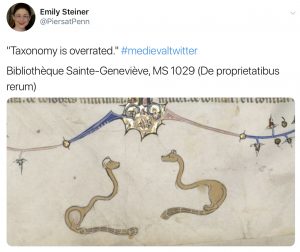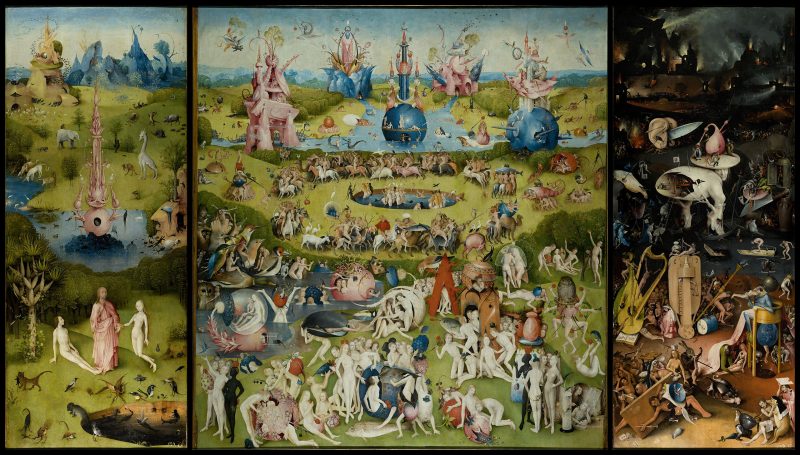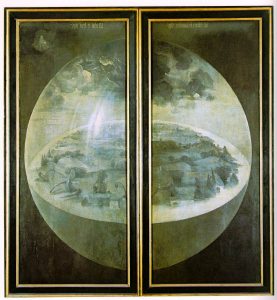INFORMATION FOR READERS
 This local public bestiary is being made by UBC students as part of their independent work in a second-year undergraduate course, about animals and reading in the premodern Romance world. You can find out more about the rest of the course in other areas of this site.
This local public bestiary is being made by UBC students as part of their independent work in a second-year undergraduate course, about animals and reading in the premodern Romance world. You can find out more about the rest of the course in other areas of this site.
Our bestiary is a collection of local animals.
“Local” brings together immediate and global environments: it could be UBC, Vancouver, the Pacific north-west coast, or any other part or parts of the world that are an individual student’s place of belonging. Some of us have more than one home, and some of us are writing together.
Our animals are of many sorts. There might be fabulous creatures here, mythical beasts, monsters, dreams, spirits, ghosts, demons, gods. Some of them might not usually count as animals, some might not usually count as real or as actual things that exist in this world.
Welcome to our world.
BESTIARY CONTENTS
(an alphabetical table of contents will appear here after the end of the course with links to each bestiary entry / inhabitant; while the bestiary is being created, you’ll see creatures appearing in “local public bestiary contribution” in chronological order of creation)

INFORMATION FOR STUDENTS
PUBLIC KNOWLEDGE CONTRIBUTION (10% of final grade)
Contribution to “Humanimals Reading: A Local Bestiary”: object selection, description, and commentary; individual work; may be pseudonymous and/or collaborative; may also overlap with final project work.
The bestiary will be organised somewhat like bestiaries via, for example, Isidore of Seville and Brunetto Latini (and Marie de France’s Fables and other fable-collections from the pre-modern world). We’ll work on its organisation together.
An object—or rather, a subject: the subject of your attention, close reading or focussed listening, study, and analysis—could be an animal, a representation of an animal, an object or idea associated with or made out of animal; it could include digitisedr manuscripts, MOA inhabitants, live action video, etc. “Local” isn’t necessarily just UBC but is open to student individual interpretations, so as to be true to themselves.
More about this assignment is here.
Read next → students: how to become a UBC Blogs “author”
PROJECT (40%)
- […]
- work sample (may be a version of the object commentary in the public knowledge work above, contextualised within your project): 5%
- […]
- final project (which could be a continuation of your bestiary contribution, or further contributions): 20%
More about this assignment is here.
SEE ALSO
- syllabus
- assignments & assessment and its sub-menu


